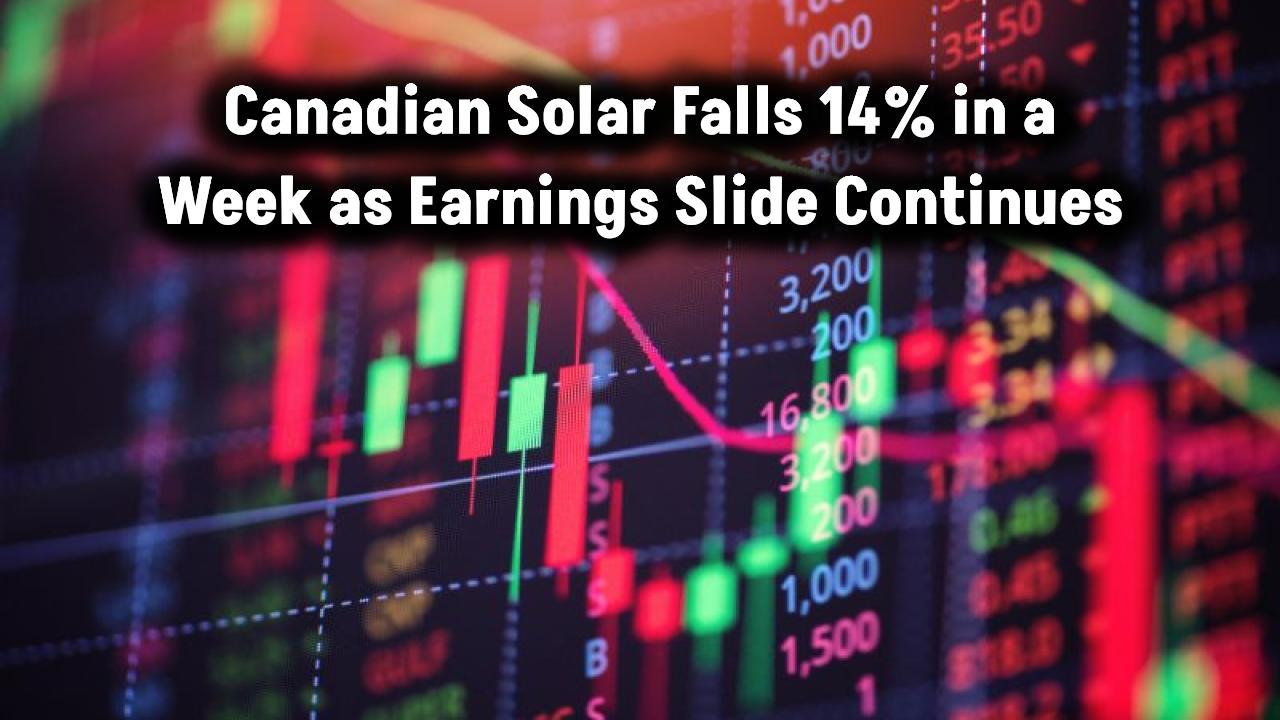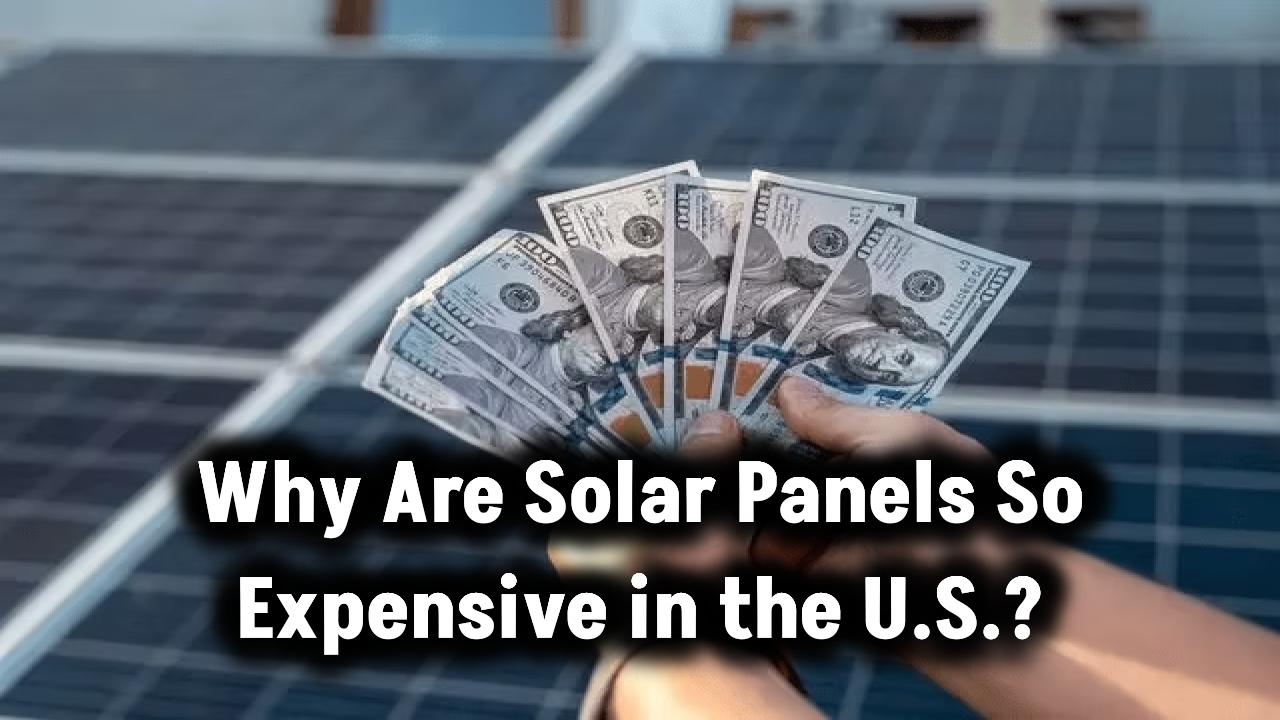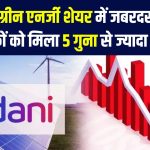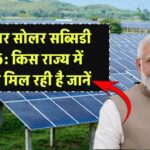
As of May 2025, solar stocks have taken a hard hit, with headlines warning of a potential “solar bubble” on the verge of bursting. Investors are left wondering: Is this the end of the clean energy boom or a golden chance to scoop up undervalued solar giants?
Let’s unpack what’s happening in the market, why solar stocks are plummeting, and whether savvy investors should steer clear or double down. We’ll also dive into historical context, expert opinions, global impacts, and practical advice tailored to retail investors.
What Triggered the Solar Selloff in 2025?
The trouble began when the U.S. House of Representatives passed a new budget bill that guts several clean energy tax incentives. Most notably, it rolls back core components of the Inflation Reduction Act (IRA) — the very policies that had fueled explosive solar sector growth.
Key changes include:
- Phasing out solar tax credits earlier than expected
- Removing certain credits for projects using Chinese components
- Tightening domestic content requirements
These moves have raised fears that solar companies reliant on subsidies will struggle to stay profitable.
Why Are Solar Stocks Falling?
Wall Street reacted swiftly. Major publicly traded solar companies lost billions in market value overnight.
Let’s look at the biggest losers:
- Sunrun (RUN): One of the largest U.S. residential solar installers saw shares tank by 37%.
- Enphase Energy (ENPH): A top inverter tech provider dropped by 19.6%.
- SolarEdge (SEDG): Fell roughly 26%, largely due to reliance on overseas components.
- First Solar (FSLR): Down 4.7%, but more resilient due to domestic manufacturing.
Investors worry that without tax breaks, these firms will see margins shrink and project pipelines slow down.
Is This a Buy-the-Dip Opportunity?
Despite the panic, some analysts say this could be a generational buying opportunity.
Why?
- Strong long-term demand: The shift to renewable energy is still global and growing.
- Not all solar firms are created equal: U.S.-based manufacturers like First Solar benefit from domestic production and are less vulnerable to supply-chain politics.
- Tech innovation continues: Solar storage, smart inverters, and grid integration tech are advancing fast.
According to Trefis, First Solar’s fundamentals remain strong, making it a top pick during the correction.
Lessons from Past Solar Shocks
This isn’t the first time solar stocks have seen a dramatic fall:
- 2008 Financial Crisis: Clean tech crashed, but Tesla and solar ETFs later soared.
- 2015 China Slowdown: Oversupply fears caused panic; market corrected over time.
History shows that volatility is normal in emerging sectors, and rebounds often follow panic selling.
Global Solar Sector Outlook
While the U.S. faces political hurdles, the global solar industry remains strong:
- Europe is accelerating its solar installations due to energy security concerns.
- India has committed to 500 GW of renewables by 2030.
- China remains the largest solar panel manufacturer and consumer.
Investors can consider international solar ETFs or companies like LONGi Green Energy or Adani Green for global diversification.
What Smart Investors Should Do Now
Here’s a practical checklist if you’re considering investing:
- Assess subsidy exposure: Companies heavily reliant on tax credits may underperform.
- Focus on U.S.-based manufacturing: Firms like First Solar stand to benefit.
- Review balance sheets: Avoid debt-heavy firms with negative cash flows.
- Diversify across the sector: Consider solar ETFs like TAN to spread the risk.
- Monitor global developments: Solar is a global game — don’t just watch D.C.
Expert Opinions
Analysts at Goldman Sachs and Morningstar note that while policy risk has increased, valuation multiples have dropped to attractive levels. They highlight:
- First Solar as undervalued with strong U.S. contracts
- Solar ETFs as lower-risk entry points
- Battery tech and microgrid startups as growth areas
How This Affects Retail Investors
If you’re a retail investor, this dip might look scary — but it also presents a chance. Historically, market overreactions have created major upside for patient investors. Think back to tech stocks in 2008 or EV companies in 2020.
Just make sure to:
- Stick with your investment plan
- Avoid panic selling
- Do your homework
And remember: buying low only works when you understand the risks.
5 International Solar Startups Worth Watching in 2025
Analyst Price Targets for Sunrun (RUN) – Is $40 Possible Again?
(FAQs)
Q1: Why are solar stocks crashing in 2025?
A: A bill passed by the U.S. House cuts key subsidies, phasing out IRA benefits and making foreign-supplied projects less attractive.
Q2: Which solar stocks fell the most?
A: Sunrun (-37%), Enphase (-19.6%), SolarEdge (-26%), First Solar (-4.7%).
Q3: Is it still safe to invest in solar?
A: It depends. Companies with strong U.S. operations and good fundamentals are safer bets.
Q4: Will solar tax credits come back?
A: Possibly. The bill still needs to pass the Senate, and political shifts could revive incentives.
Q5: Are solar ETFs a good option?
A: Yes, they offer diversification and reduce single-stock risk.








